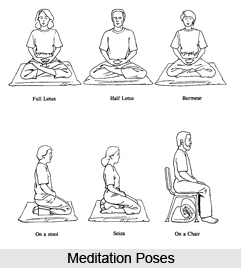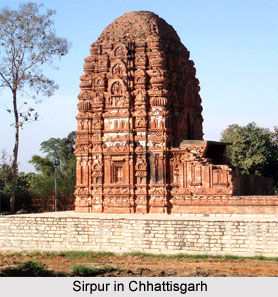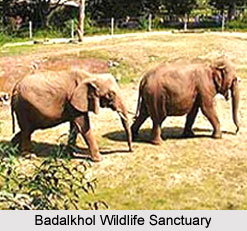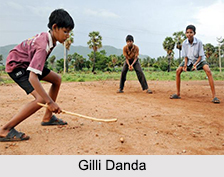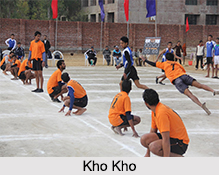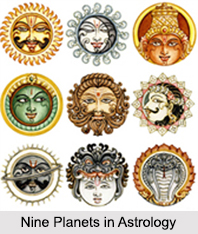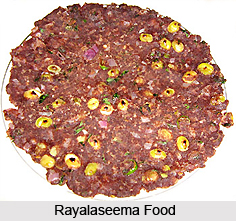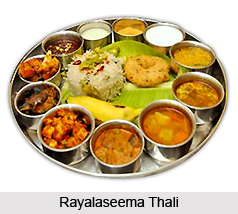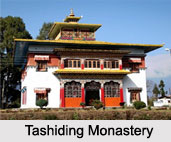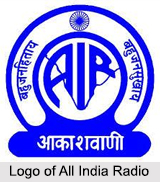 All India Radio is the largest radio network in the world. Its headquarters is at the ‘Akashvani Bhavan’ in New Delhi. Since 1957, it is officially known as ‘Akashva?i’ and it is India’s National Broadcaster and also the leading Public Service Broadcaster. Keeping in view the motto, "Bahujan Hitaya; Bahujan Sukhaya", AIR aims to provide information, education and entertainment.
All India Radio is the largest radio network in the world. Its headquarters is at the ‘Akashvani Bhavan’ in New Delhi. Since 1957, it is officially known as ‘Akashva?i’ and it is India’s National Broadcaster and also the leading Public Service Broadcaster. Keeping in view the motto, "Bahujan Hitaya; Bahujan Sukhaya", AIR aims to provide information, education and entertainment.History of All India Radio
During the British Raj, broadcasting began in July 1923 with programmes by the Bombay Presidency Radio Club and other radio clubs. The birth of Radio broadcasting in India has started on an experimental basis in the year 1921 through a musical programme. In 1927, private radio clubs proliferated. In the year 1930, radio broadcasting started operating under the Indian Broadcasting Company. On March 1935, a separate office of the Controller of Broadcasting was created .The landmark in the history of broadcasting is the change of the name of the Indian Broadcasting to ‘All India Radio’ (AIR) in the year 1936. In the same year Delhi station was formed.
Akashvani was first used in the perspective of radio by M. V. Gopalaswamy after setting up the nation’s first private radio station in his house, "Vittal Vihar" in 1936. Nine AIR stations opened up in different places like Delhi, Kolkata, Mumbai, Chennai, Lucknow and Trichy. On 12th November, 1947, the voice of Gandhiji was broadcasted in AIR.
Etymology of All India Radio or Akashva?i
Akashva?i is a Sanskrit word, meaning "heavenly announcement," or "voice from the sky". Akashvani was a suitable name for a radio broadcaster and was later adopted as All India Radio's on-air name from 1957.
Objectives of All India Radio
AIR has defined its objectives in the following:
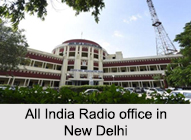
Domestic Services of All India Radio
AIR has a lot of services in a number of languages, each serving different areas from corner to corner of India. ‘Vividh Bharati’ is one of the best-known services of AIR and is popular in Mumbai and other large cities of India. It offers a broad range of programmes including news, films, music and comedy programs. Some programs broadcast on Vividh Bharati are ‘Hawa-mahal: Radio plays based on novels and plays’ and ‘Santogen ki mehfil: Comedy show’.
For more, visit the link below:
